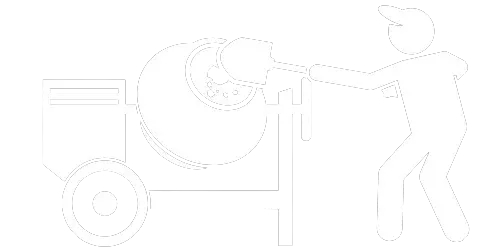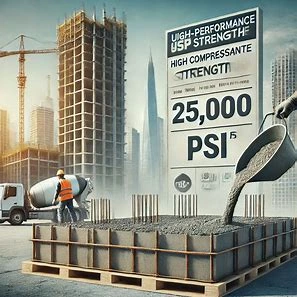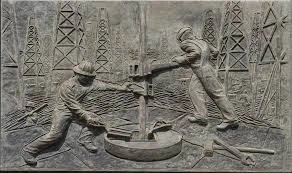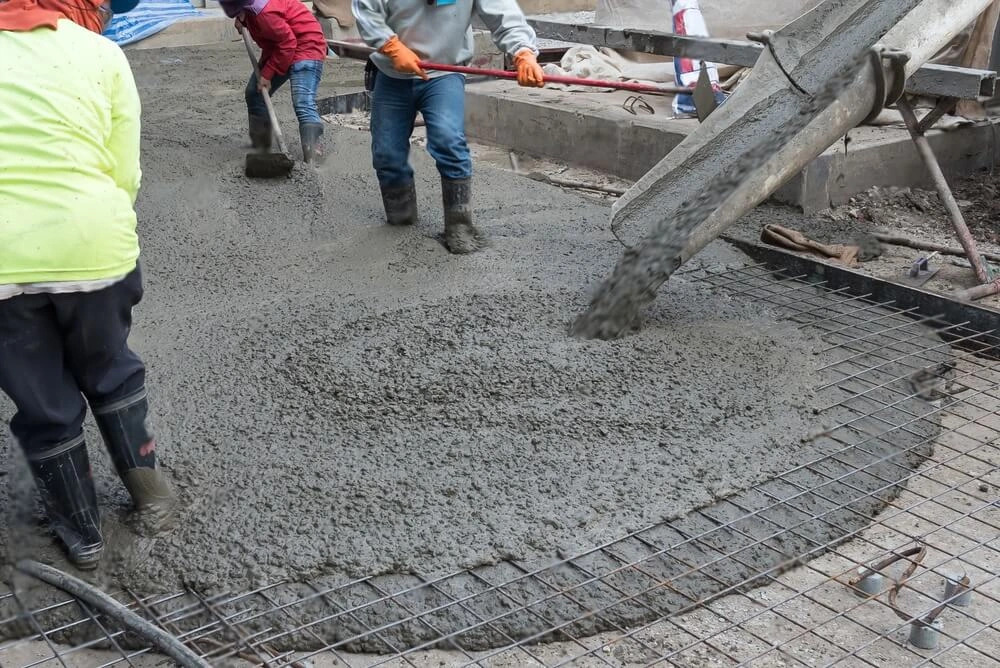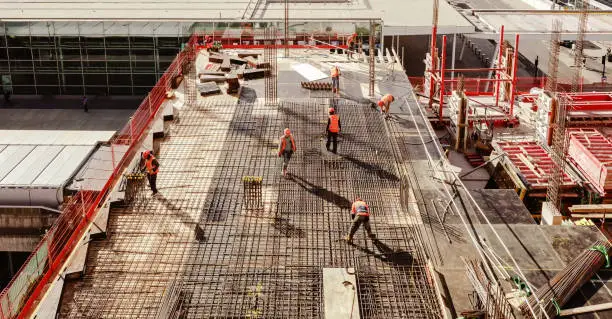Pros and Cons of Cement
Hence when deciding to build in Las Vegas, it is very essential to decide on the material that will be used for construction to avoid making ineffective constructions. Due to its versatility it is used in projects such as laying of driveways, construction of drainage systems, and commercial buildings construction.
It means that when facing the choice between different types or brands of cement, or deciding on whether cement is suitable for certain application or not, the potential buyer/用户 would clearly have all the advantages, the disadvantages and the options in front of them.
No matter if you are just starting with the construction of a new driveway, building the groundwork of a new house, or indulging in home renovation, everything has been made easy for you.
That is why it is important to look at the following Benefits of cement in the construction of buildings in Las Vegas:
Concrete is used in many construction products since it has many advantages, including in the specific Las Vegas environment. Below are some of the main advantages:
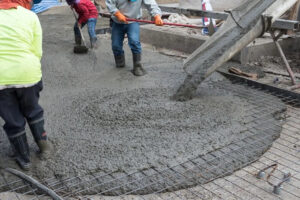
Testing for robustness against Las Vegas weather conditions
Cement mixtures and particularly the concrete are rather hardly eradicable and highly heat resistant. This is especially important within cities such as Las Vegas, in which the weather often consists of extremely hot days.
Expansion of cement with admixtures & water cement ratio control: cement is characterised by its durability and has a very long lifetime after decades of usage without wearing out.
Lack overheating:
The tested board stands the heath of a high operating temperature.
Cement also resists heat and does not bend, crack, break or fade on its surface as the other common material such as wooden or plastics do.
Hypothesis 4:
Protection from Adverse Weather Condition
Apart from this, cement shields your structures from too much heat and cold as well as weather variations making it difficult for your structure to be damaged.
namely:
Cement is very abundant and thus can be used in various projects for instance for roads, flooring and for constructing commercial facilities. It is also employed in production of radiant floors; the common feature for those willing to reduce energy expenses on conditioning their homes.
Driveway Installations
Cement is commonly used for constructing strong and long-lasting driveways on the solid base and is highly suitable for Las Vegas because it holds heavy traffic.
Commercial Building Applications
Cement is popular in most of the commercial buildings such as shopping malls, offices and parking west coast parking garages because of its strength in bearing loads.
(ITC3) The Fire Resistance in Cement
They found that cement is intrinsically fireproof unlike wooden structures or other structures made from other materials. This is rather important for home improvement work, especially for those regions where the risk of fire is high, because of the dry climate, for example.
When you use cement in buildings and construction of houses especially kitchens, you can be assured of reduction of risk of fire outbreak.
Industrial Fire Safety
Concrete is the most preferred material used in construction of fire resistance walls of industrial estates, Godowns and commercial buildings.
Green Choices Easy to Find
Today’s cement manufacturing has advanced itself, there are alternatives out there such as the composite material mix that can be less harmful to the environment. Some manufacturers even include scrap materials like engineered wood in the manufacture of gift cement.
Cement Manufacturing with Low Carbon Foot-Print:
producers have been developing methods through which they create cement with minimal CO2 emissions through the latest improvements in cement technology.
In this study there is the following hypothesis;
“Cement that include recycled aggregates for instance crushed concrete or recycled asphalt” noted for increased usage in construction activities for their sustainability.

Potential Disadvantages of Cement in Construction Projects
Cement is hard to beat, but you have to know when to butt out – which is exactly what we’re talking about when we’re talking about Las Vegas.
Susceptibility to Cracking
Whilst concrete is a very durable material it tends to crack in extreme temperature environments. Concrete structures are subject to rapid heating during the day and cooling at night, as is common for a climate in the Las Vegas desert. The temperature fluctuations over time cause surface and structural cracks within the material making it less than air tight.
These risks can be mitigated through proper curing methods and reinforcement techniques, for instance, by adding steel rebar or the use of specific admixture. Yet these other measures increase cost and complicate construction.
Environmental Concerns
Overall, cement production is among the biggest contributors to carbon dioxide emissions, globally. Great amounts of greenhouse gases go up into the air when limestone is heated to make clinker, or calcine, so scientists are trying to find ways to change that. The high energy consumption resulting during production is compounded, such as the environmental footprint.
Effective green cement technologies have been attempted but are only partially used since traditional manufacturing processes are cheaper. The cement industry is a concern regarding environmental impact to both the policymakers and the construction industry as there are issues above that need to be solved.
Higher Costs of Construction
Alternatives to cement — such as wood or masonry — tend to be less expensive. The reason is not only because of its initial price but also the specialized labor and equipment required for its application.
The price of cement can also change due to a number of different factors, such as the demand for cement, the cost to transport the cement wherever it needs to be placed, and the availability of good cement. This variability also makes it difficult for those who want to build within a budget without breaking the bank.
Innovations in Cement Technology
Innovative cement performance and sustainability methodology has been actively researched that can be adopted by the construction industry.
Green Cement Alternatives
Blended cements and geopolymers are becoming popular eco friendly cement options. These alternatives lower CO2 emissions by replacing clinker with industrial by-products such as fly ash and slag. In addition, these materials aid concrete in being more tough and durable, and they consume less waste.
Self-Healing Concrete
Self healing concrete is a breakthrough in construction. The healing material includes miniscule capsules of healing agents—bacteria or chemo agents, for instance—which can be set off when cracks occur. After activation, they begin to seal the cracks thereby preventing further damage and further extending the lifespan of the structure.
High Performance Concrete (HPC)
Another modern development providing the concrete of a greatly superior strength and durability is UHPC. UHPC possesses superior compressive and tensile strength, making it a perfect material for use in high performance applications, such as bridges and high rise buildings.
Applications of cement in different projects
Driveway Installations
A cemented driveway is preferred because it is durable and long lasting. Las Vegas is known for its extreme weather conditions, while its heavy traffic, the material of choice should be able to withstand a lot, and with longevity.
Commercial Buildings
In commercial situations, it is a material essential because it can support heavy loads and can resist fire. Cement is used on shopping malls, office complexes and parking garages that can last for years and remain safe.
Application in Industrial Fire Safety
In industrial facilities, cement is an essential part of building fire resistant walls and structures. As well as protecting assets, this application also increases the safety of workers in high risk environments.
Cement Production – Sustainability
The cement industry is under increasing pressures for greener productions.
Low-Carbon Cement
Unique techniques are developed to produce low carbon cements with reduced energy consumption and environmental impacts. Manufacturers are deploying expensive renewable energy sources and improving production processes in order to achieve tremendous reductions in carbon footprints.
Recycled Aggregates
Another way to think of sustainability is by incorporating recycled materials into cement mixtures, including crushed concrete and asphalt. They also minimize the raw material, virgin raw materials and construction waste.
Production Energy Efficiency
Energy consumption in modern cement plants is being reduced, partly through the modernisation of these cement plants with energy saving technologies, for instance those utilising waste heat recovery systems. More importantly, these advancements not only cut costs but also enable the production process to be a little more eco friendly.
Final Words
For centuries, cement has been a favorable cornerstone for advancement in the construction industry with unsurpassed versatility, durability and strength. Cement is still a popular choice in places such as Las Vegas where the climate creates special circumstances for the building of residential, commercial and industrial sites.
On the downside it firms and has environmental concerns, but advancements in technology and the industry’s sustainability are leading to a greener and more efficient future. With knowledge of both the positives and negatives of cement builders and homeowners can be better informed regarding the methods acceptable to them and their budgets.
Cement is still a fundamental material and can be used in the construction of driveways, commercial complexes or for a home renovation project.
